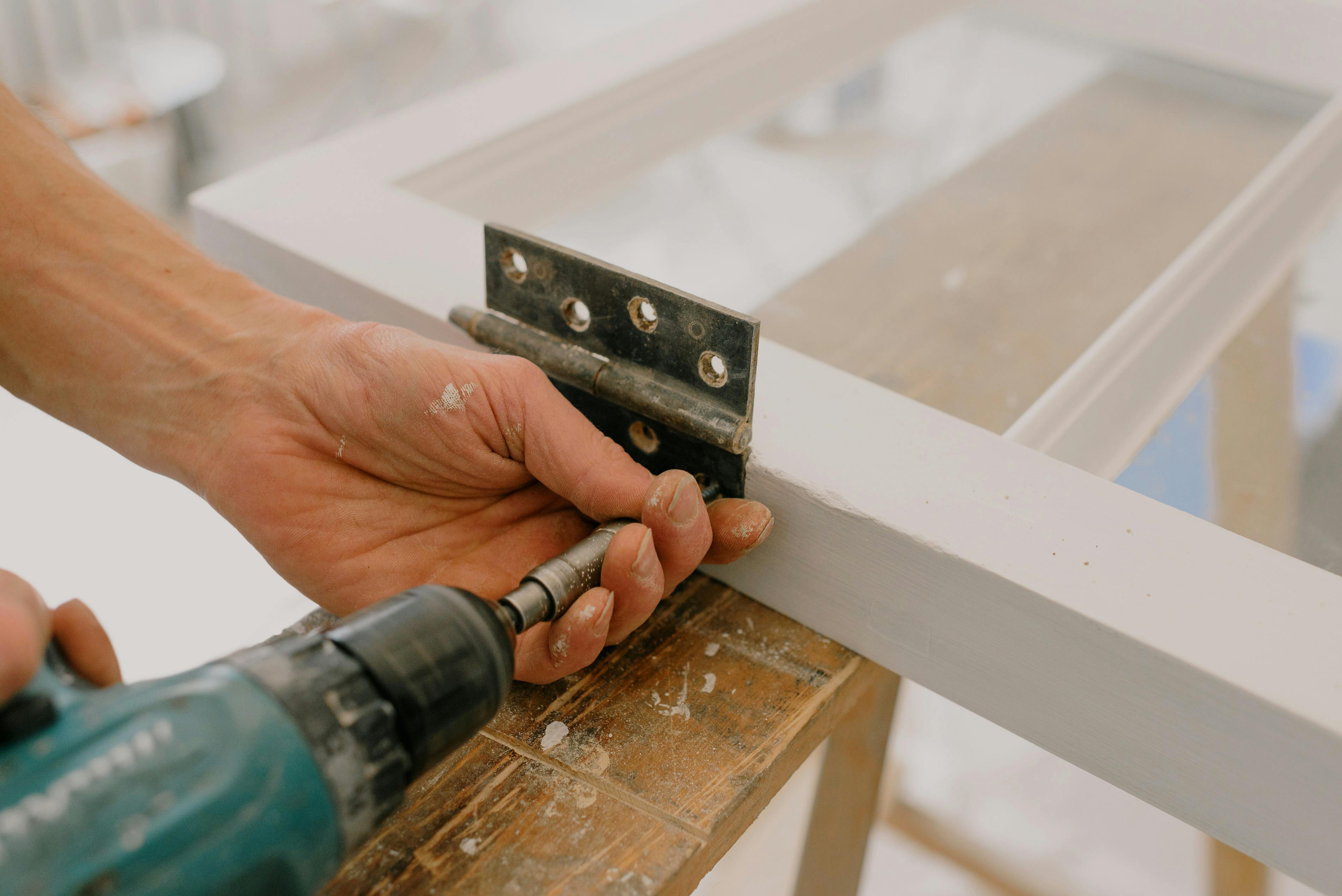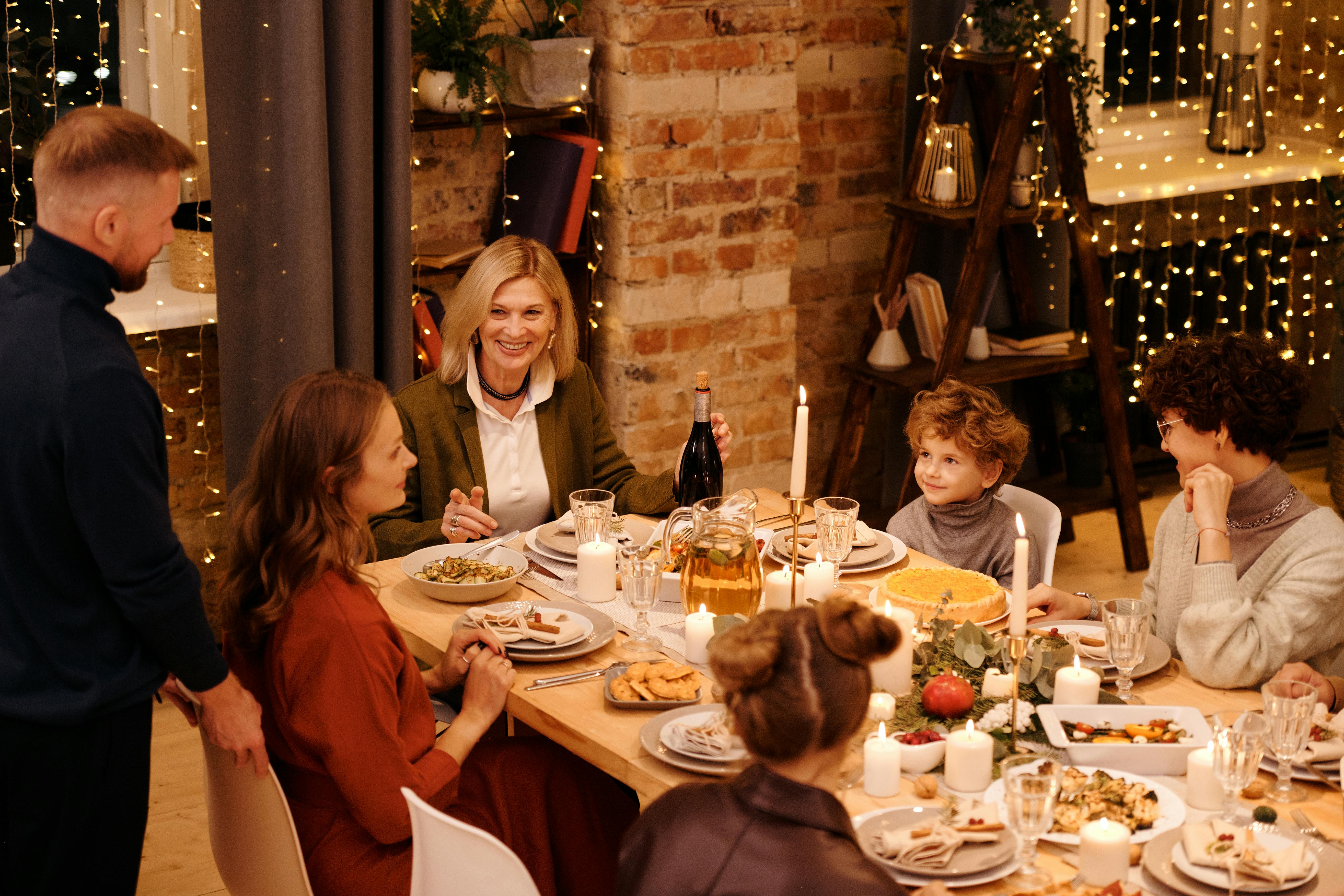Pergolas have been used in homes for centuries, classically to add a shaded walkway, link canopies, or allow for a living area that allows breezes and sun to filter through. This amazing addition to a home will not only increase comfort, but can be an attractive bonus to the home’s resale value. Any open space around the house can be used as an invitation for a pergola. Over the years, the structures of the pergolas have been adapted to the area, so there is a wide variety of designs. While traditional pergolas were primarily intended for beauty and comfort, today’s designs place more emphasis on providing protection from the harsh elements of nature, such as rain, snow, and ultraviolet radiation.
The design of a pergola depends on the geographical location. Depending on the area, degree, or direction of the sun, a pergola can be a gazebo, an extension to a building, an open terrace, or a veranda that has vines criss-crossing a lattice roof. One of the most important considerations when designing a pergola is the structure and shape of the roof.
The design of a pergola roof depends on the availability of direct sunlight, as well as the geography and natural features of the region. Although, in earlier times, pergolas were built with brick and stone pillars, modern designs employ weather-resistant woods such as western red cedar or coastal redwood. Pergola roofs can range from a simple, flat, traditional roof, an elaborate curved roof, a pitched roof, a gable roof, or a gazebo-style roof.
roofing materials
There are a variety of materials that can be used to roof a pergola. The choice of roofing materials depends on the size, shape, and style of the structure. The durability and robustness of the construction depends on the materials selected for this purpose. Currently used roofing materials include metals, plastic, fiberglass, polycarbonate, fabric, etc.
metal roof
The advantage of a metal roof is that it can be adjusted to the exact size and shape of the structure. A choice of metals such as copper, aluminum or tin also helps make an easy decision. Metals are not only easy to cut and shape, but also provide excellent protection against weather conditions. However, they also have some disadvantages, such as blocking light from entering the area or allowing the temperature to get too high inside the area.
Plastic and Fiberglass
Another pergola roofing variation includes the use of plastic or fiberglass. The advantage of these options is that they are light and inexpensive. They can also be easily cut to size and allow light to filter through depending on the color of the ceiling. They also protect the pergola from inclement weather, such as rain and snow. Also, ultraviolet radiation can be reduced by using these two options. Although plastic may not be an environmentally friendly option, fiberglass can be made from recycled materials.
polycarbonate
Polycarbonates are thermoplastic polymers that can be easily molded and have high impact strength along with other advantages such as heat resistance, ease of shaping, flame retardancy and toughness. They are available for various heat transfer and transparency needs. Polycarbonates also have a great reputation for their protection against ultraviolet radiation. Along with a wonderful color scheme to choose from, polycarbonate can be manufactured to withstand very specific and harsh environmental conditions in Australia. The two popular brands that are in use are Astrolite and Laserlite.
Cloth
Everyone loves a colorful and pleasant roof that can lift our spirits and allow us to enjoy the day. For this reason, fabric pergola covers that are also highly insulating can be a great option. Depending on the type of fabric used, these pergolas can prevent the transmission of heat that could cause discoloration or damage to the roof. A strong and durable fabric that can usually be used in the manufacture of a boat’s sails can also be used to filter ultraviolet rays and other harmful natural elements, such as sunlight and heavy rain, so that people can enjoy your investment for a long time.
Comparative Study of Cover Materials for a Pergola
Permanent structures, like metal roofs, are difficult to change but can be repainted. Fiberglass and clean plastic materials may change color after a period of time, but can be disposed of and new ones can be easily installed. The choice of materials to cover or roof the pergola depends on the buyer’s instincts regarding durability, permanence and availability options. In tropical Australia, zinc-galvanized corrugated sheets do not reflect much infrared or ultraviolet rays. White ceilings reflect better. White or soft shades are better colors for a cool ceiling. As the Earth seeks to become greener, the best option, of course, is to enjoy traditional open-roof pergolas.
paint your pergola
Anything that is exposed to nature’s harsh elements will eventually need protection. Painting is one of the best ways to provide this protection. It gives color to the wood and also hides some of the natural flaws and characteristics that can stand out by obscuring the true beauty of the wood. Paint is also beneficial because it prevents moisture damage and rust. Acrylic paints are the best option for painting pergolas as they provide the best protection.
The durability of the pergola depends on the materials chosen for its construction. As ceilings are permanently exposed to the elements of nature, the paint can easily fade. Also, materials like fabric can fray or fade, and plastic or fiberglass roofs can warp or change color.
To paint a pergola for lasting protection, it is important to follow traditional procedures such as surface preparation which includes removing old paint, using sandpaper to allow absorption, and applying preservative towards the end of the paint. Surface preparation is very important before painting as it decides how long the paint effect will last. Any remaining oil or dirt on the wood surface must be thoroughly removed. Using 50-60 grit sandpaper, create a suitable surface for good paint absorption. If the wood is more than two weeks old or has been exposed to rain, sanding, brushing and cleaning become essential. Applying a fungicidal water-repellent preservative is a great idea before painting because it prevents the wood from absorbing water, which can cause decay.
Here are the steps to paint a pergola:
- Remove furniture and any decorations you already have.
- If there are growing vines and climbers, protect them with plastic sheeting and tie them up out of the way. Also remember to water them if the painting is more than a few days old.
- Wear a mask, head covering, and protect your eyes with safety glasses. Also wear an apron or old clothes to protect yourself from paint splashes.
- Using sandpaper, remove all paint until the surface is fully prepped.
- Apply a water-repellent and fungicide if necessary.
- Using a paint sprayer, spread evenly from the far end back. The High Volume Low Pressure (HVLP) sprayer is more efficient and gentle.
- Use a paint roller for a smooth finish.
- Apply a light coat on the roof of the pergola.
- Fill in any gaps and let the paint dry for up to four hours.
- Apply a second coat of paint to the roof of the pergola.
- Allow the paint to dry overnight.
Causes of discoloration of pergola roofs
Over time, pergola roofs can become discolored due to dirt, fungus, mold, or moisture. Also, any iron accessory can rust and cause red stains that can react with other pigments or stains. To avoid this, you can use stainless steel nails and keep a constant eye on the pergola to keep it dry. A commercial mold remover or other all-purpose cleaners help keep the ceiling spotless. Stains caused by the reaction of water deposits on the wood can also be removed by washing with cleaners. Chalk is another form of discoloration caused by paint erosion or disintegration of pigment particles, appearing as dust. Restoration paint requires cleaning with strippers, bleaches, and oxalic acid-based solvents to remove stains.


